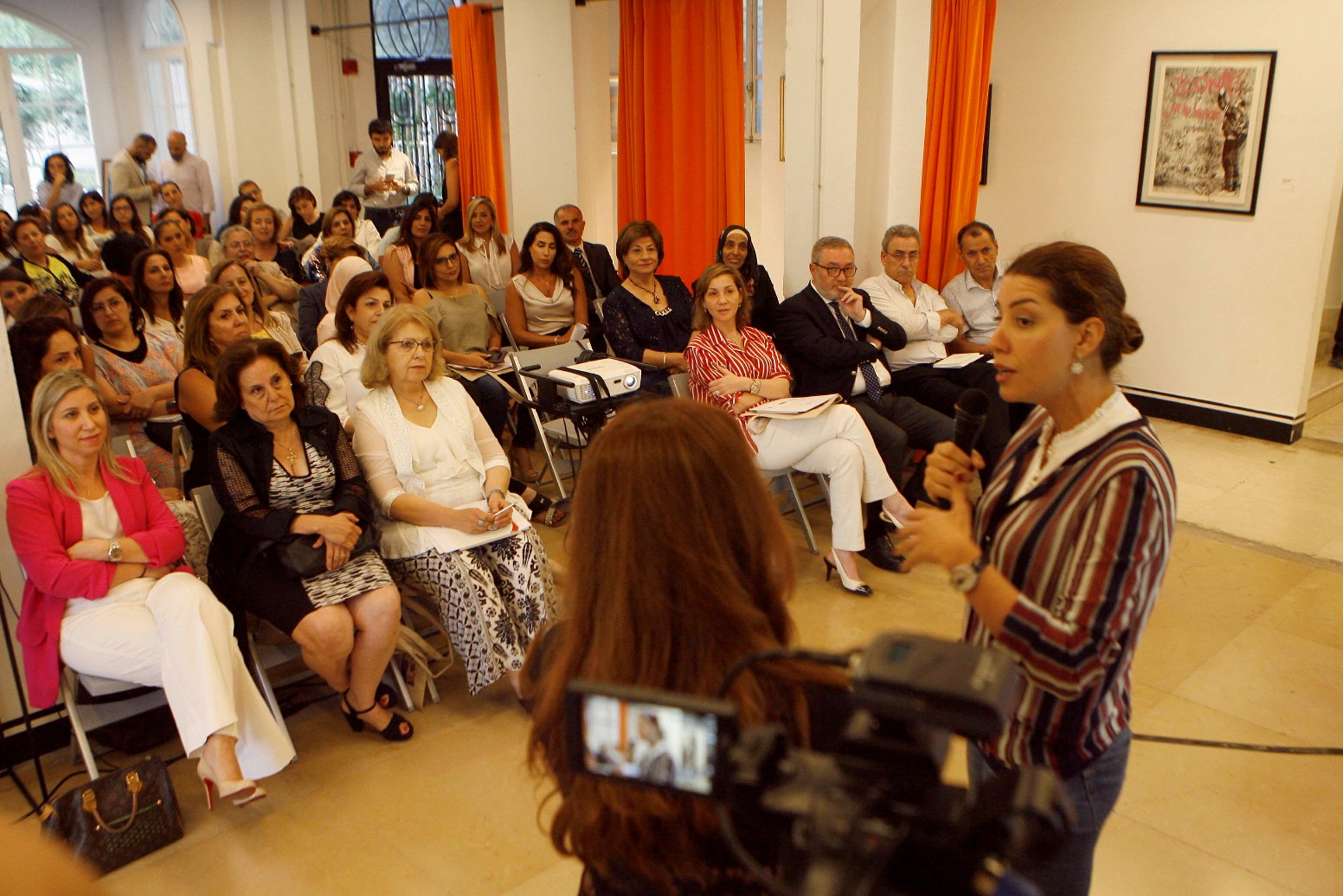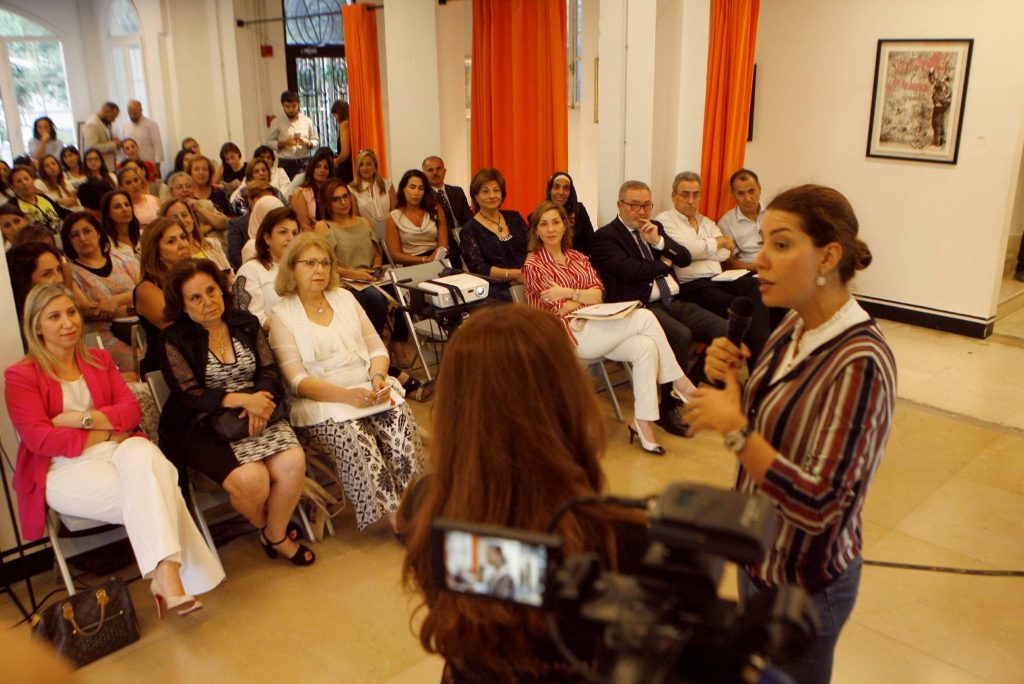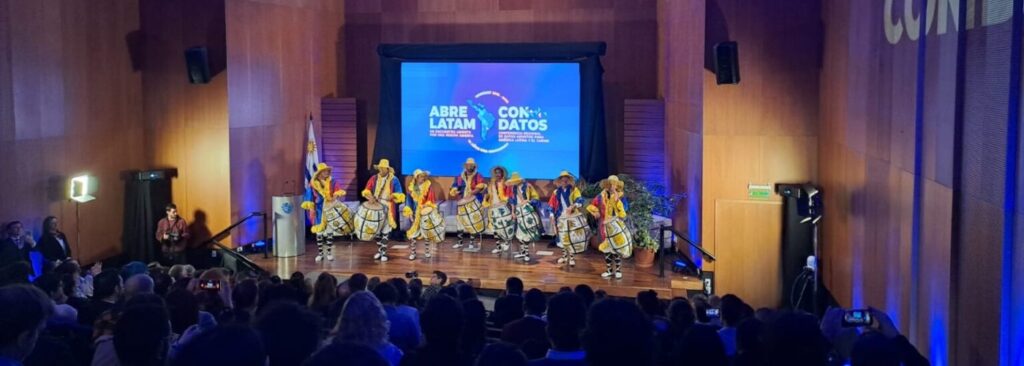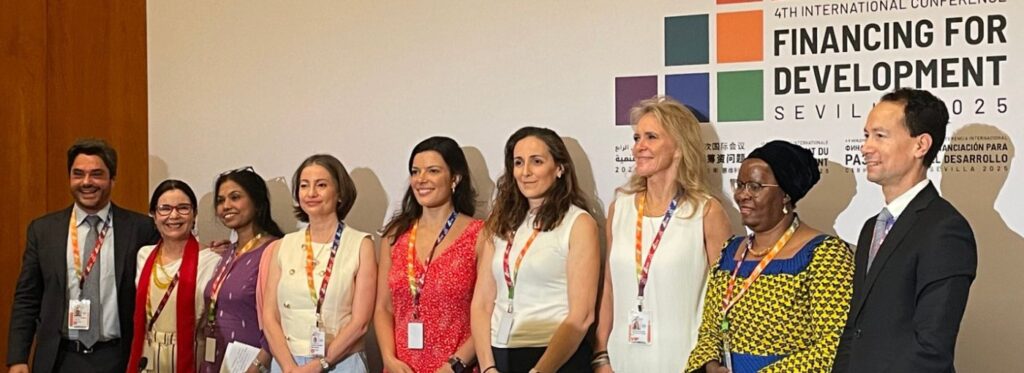Launch of Study on Lebanese Women’s Presence in the Media during the 2018 Elections
For the Original Arabic text please go to this link.
WE4L Partner Maharat Foundation organized a meeting to launch the study “Women’s Presence in the Media – the 2018 Elections” at Antwork in Spears – Beirut, on Monday, July 23, 2018. During the meeting, the results of the monitoring study, through which Maharat followed the parliamentary elections, were presented.
The meeting was attended by: MP Paula Yacoubian, Kataeb Party candidate Elias Hankach, MP Rola Al-Tabash, Dima Jamali, Eddy Abillama, and Yumna Shokr Ghrayeb on behalf of Minister of State Inaya Ezzedine, along with two representatives of the Ministry of Women’s Affairs and the National Commission for Lebanese Women (NCLW). The meeting included a presentation based on the results of the study.
The aim of the study, prepared by Maharat within the framework of the Women Empowered for Leadership Programme with the support of Hivos, was to monitor the coverage of the May 2018 elections from a gender perspective. It includes an analysis of how the Lebanese media dealt with women, their status and their image during the electoral campaign, as well as an analysis of the female candidates’ discourse and the extent to which the media contributed to spreading a culture of awareness about women’s participation and their role in political life.
The study covered 6 newspapers, along with news releases, live coverage and talk shows on 8 different TV stations, as well as Facebook and Twitter accounts of the female candidates and some male candidates for two months, between the deadline for candidacy application on March 6 and election day on May 6.
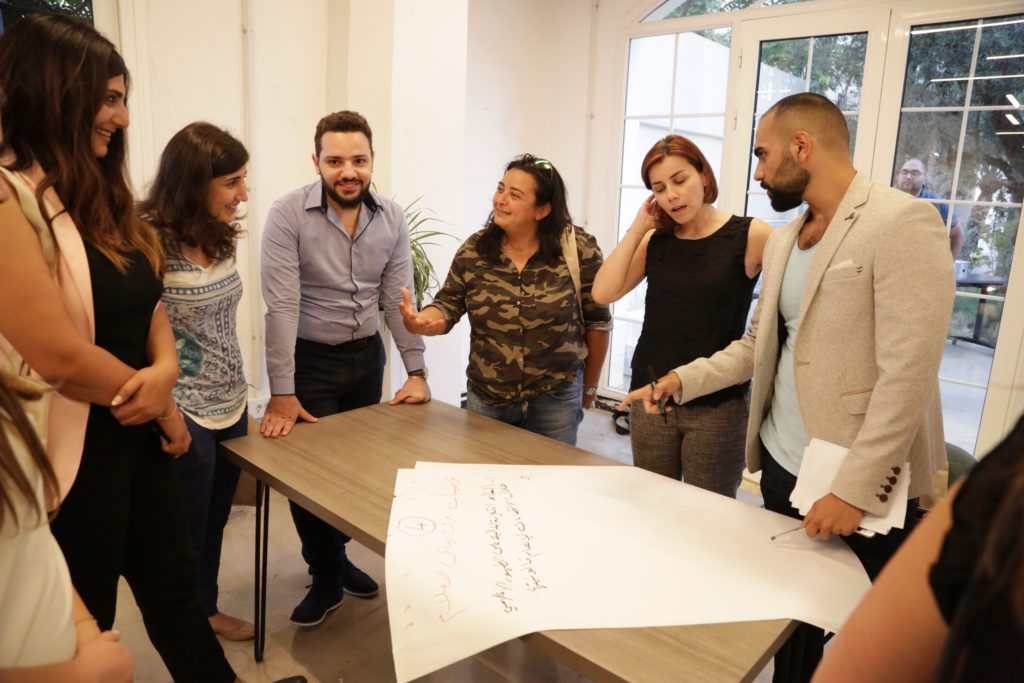
The study showed significant disparity in the distribution of coverage rates between female and male candidates in the newspapers in favor of male candidates at a rate of 95% for men and 5% for women. On television, the share of female candidates in private interviews and talk shows reached 12%. In direct coverage and in news bulletins, the rate did not exceed 3.5%.
The state-run Télé Liban was the major contributor to raising the coverage of independent female candidates up to 77.2% in talk shows and special interviews. L’Orient Le Jour newspaper has also opened its pages to both female and male candidates equally, through interviews that allowed female candidates to discuss their projects.
In TV news, female candidates occupied almost no space as a first story at 0.87%, compared to the 99.13% allotted to male candidates. Their appearance in news reports as a first story was likewise insignificant. Private TV stations gave the highest priority to candidates who belonged to their own political line and relatively neglected the other candidates. As for Télé Liban, the first and second rank in terms of coverage rates for the election campaigns went to the independents 40%, followed by Kulluna Watani 12%, the Free Patriotic Movement 10.5%, the Future Movement 8%, the Lebanese Forces 7% and the Kataeb Party 5.7%. The rates ranged between 1% and 0% for the remaining parties.
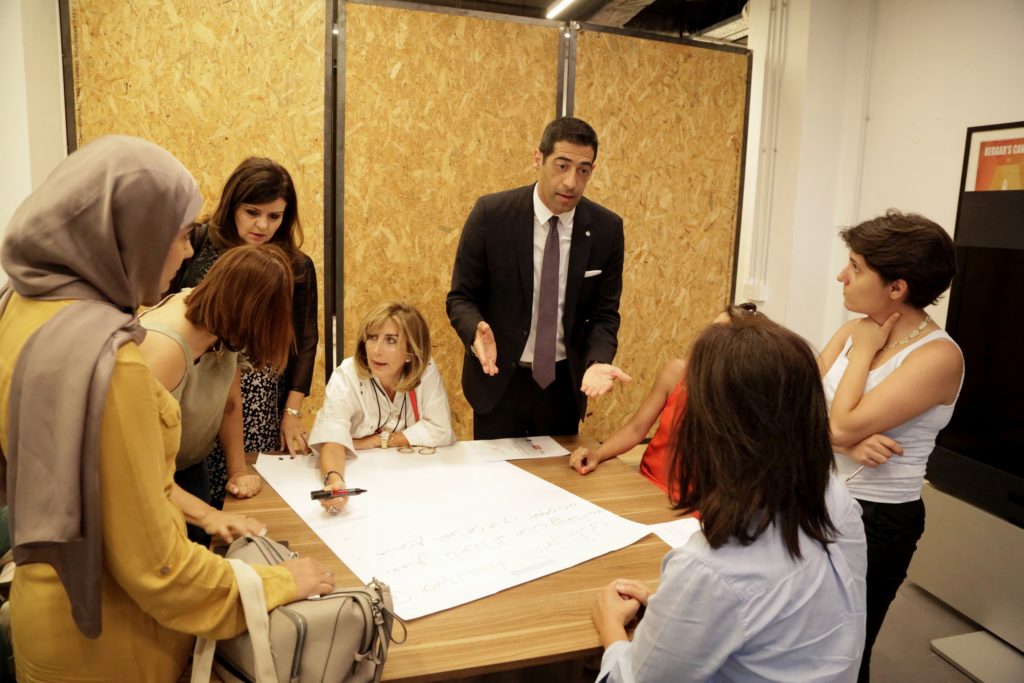
Electoral education was almost nonexistent in newspapers and television, with an overall rate of 0.19% in newspapers and a slightly better but still negligible 3% on TV.
In social media, both female and male candidates were more active on Facebook than Twitter. The overall average of posts and tweets was 79.7 for male candidates and 54.4 tweets for female candidates. As for the content of the posts and tweets, at the forefront were political positions at 27.8% for male candidates, and the electoral campaign at 18.1% for female candidates.
Paradoxically, the number of posts about women’s political participation was higher among male candidates at 3% compared with 1.7% for female candidates, which means that male candidates addressed female voters more than female candidates did. However, awareness and education had an equally weak presence of 3% on both sides.
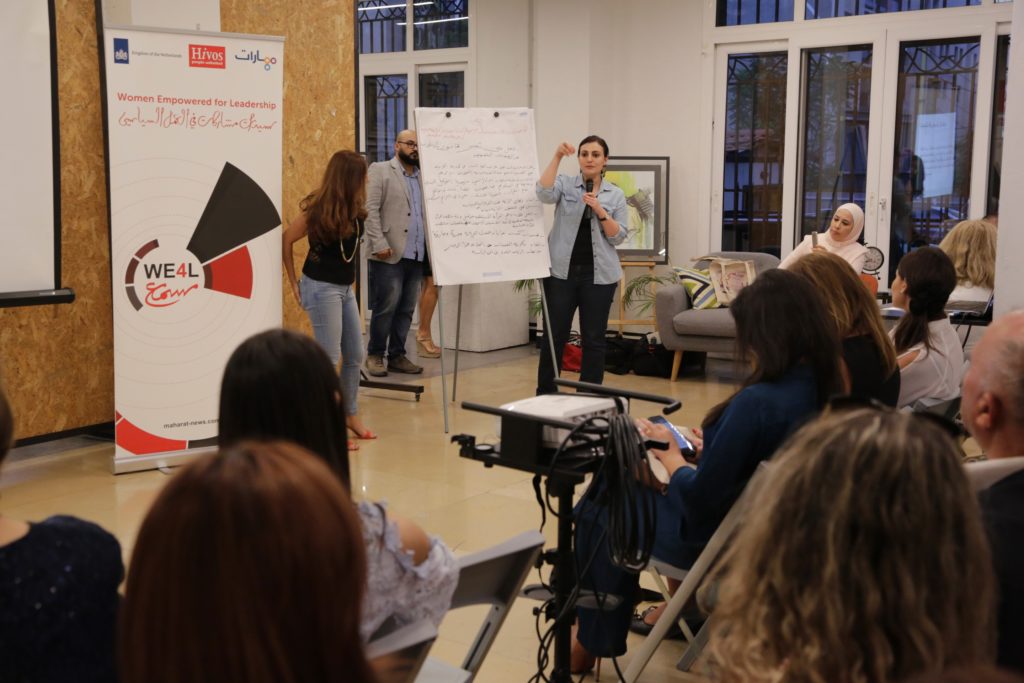
The study is the starting point for many recommendations to support women’s political participation, most notably:
- The need to adopt a women’s quota for a while to boost people’s confidence in women, in the public sphere in general and in politics in particular.
- The need to implement laws related to the electoral media and advertising, especially equal appearance and the establishment of effective mechanisms to provide this equal balance between female and male candidates, mainly in the private media sector. This would provide female candidates a fair share in media coverage which takes into consideration their right to reach the public. It would also ensure that media access is no longer controlled by money or political dependency.
- The need for private media to seek, as part of their social responsibility, to provide fair, impartial and balanced election coverage for all candidates, for even though they’re commercial companies, they inherently provide a public service.
- The need to use the available mechanisms for claims and complaints to access the media, provided by the current law, so that candidates can demand that the media and the Election Supervisory Authority give them access to the media on similar terms as their competitors.
- The need for the Election Supervisory Authority to determine a spending ceiling for paid election publicity and ad spaces, which would increase the candidates’ chances to appear in free spaces
The need for the different parties to support female candidates and the need to complete the work at the executive authority level, i.e. women’s participation in government through portfolios that are not limited to education and social affairs. - Women should also do their part within their parties and get involved in all fields of public affairs with all its political, syndicalist, intellectual, social and health aspects so that they can fully play their role.
- Updating the law of party organization based on the rule of democracy, which would allow women to do their part for a broader start in political life.
(Translations into English coming soon)
The Hivos Women Empowered for Leadership Programme is funded by the Dutch Ministry of Foreign Affairs Funding Leadership Opportunities Programme (FLOW).

